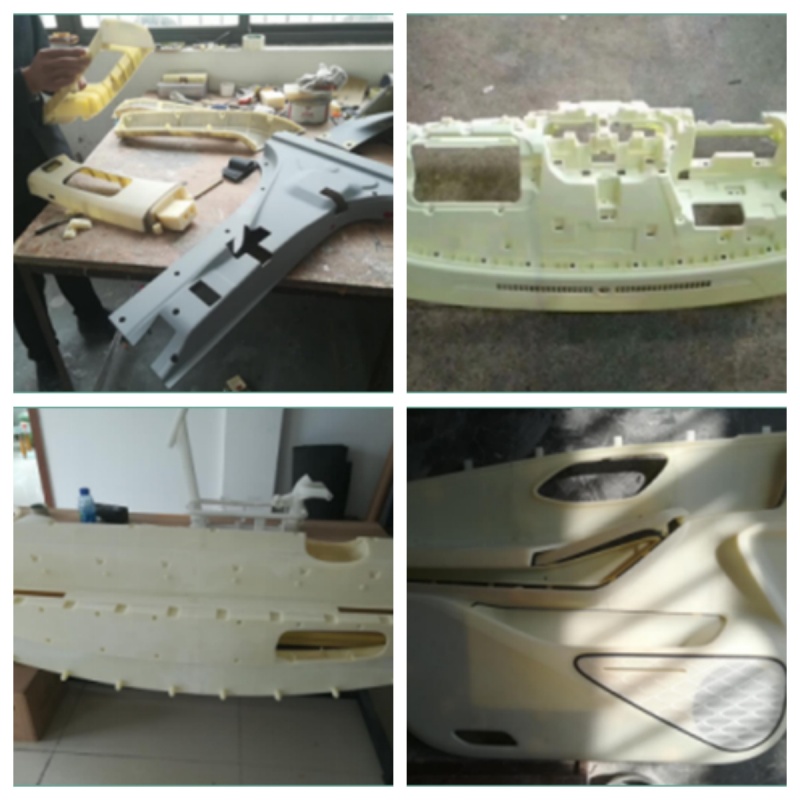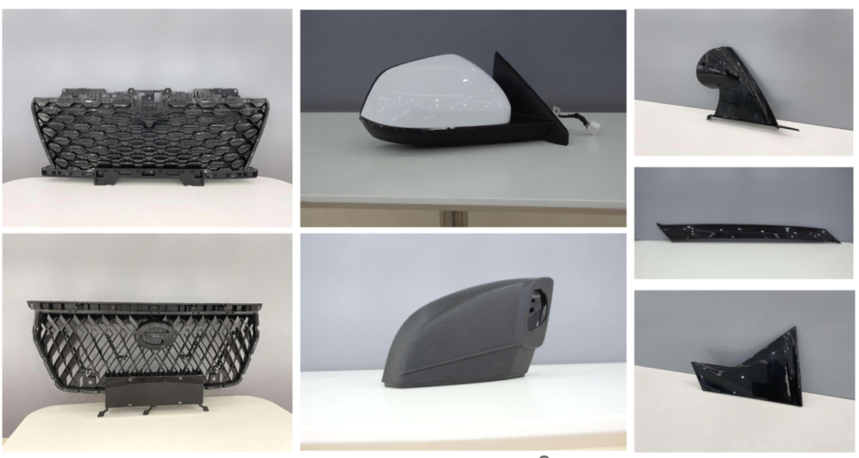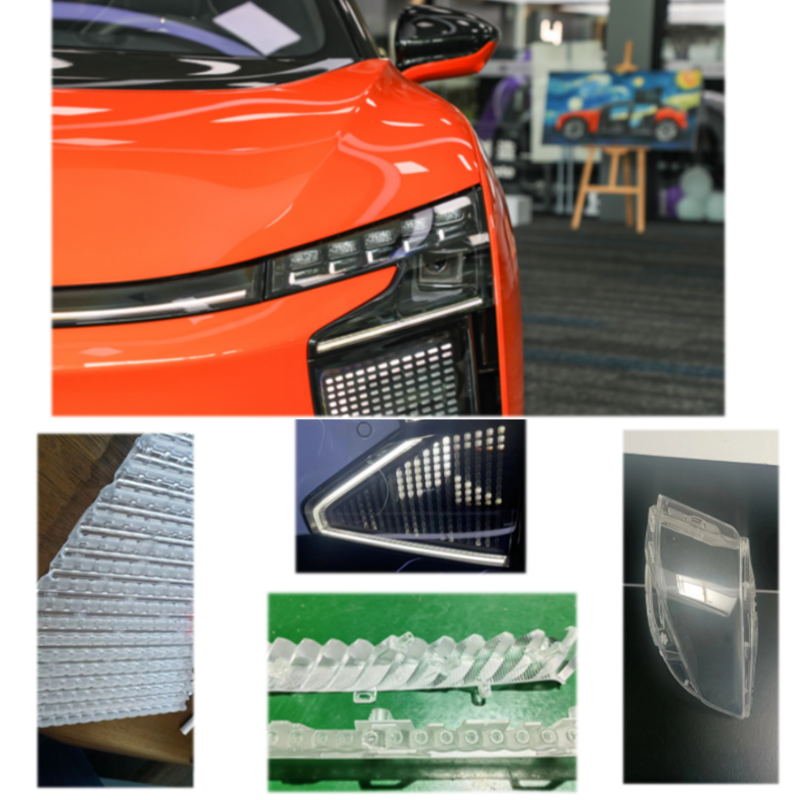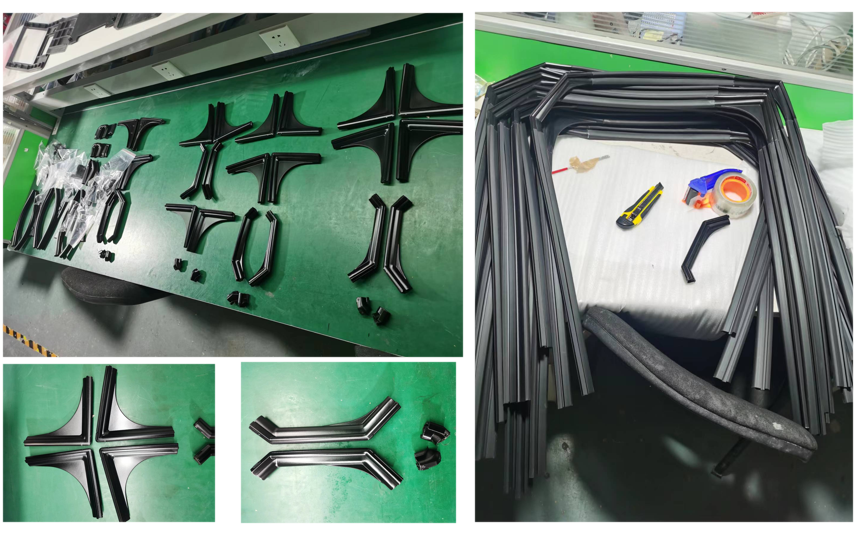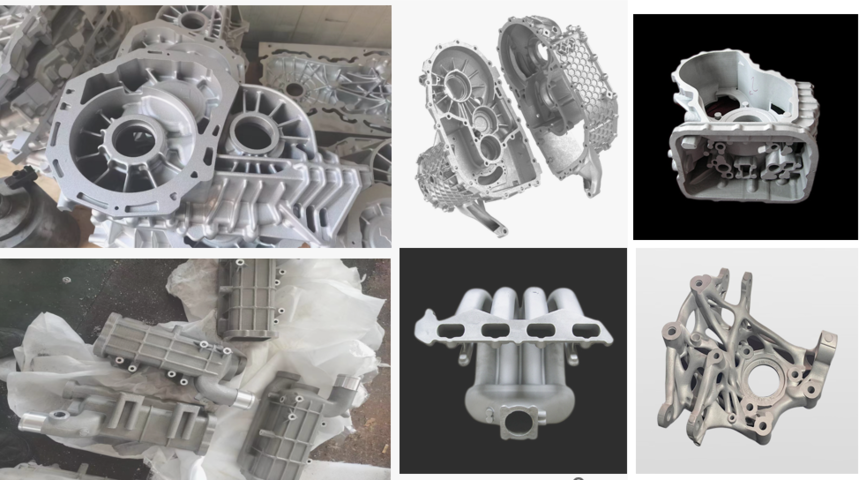|
|
In the automotive industry, 3D printing has emerged as a game-changer, revolutionizing prototyping, production, and customization. Its applications range from rapid prototyping of concept car designs to manufacturing lightweight, high-performance components for electric vehicles (EVs) and autonomous systems. For example, 3D-printed carbon fiber composite parts reduce vehicle weight, improving energy efficiency, while intricate internal structures in engine components enhance thermal management. Luxury automakers also use additive manufacturing to create bespoke interior elements, such as custom-fit seats or personalized trim pieces, elevating customer experiences. Compared to traditional machining and injection molding, 3D printing offers significant advantages. First, it eliminates the need for costly molds and tooling, reducing upfront expenses and enabling rapid design iterations. Complex geometries, such as lattice-structured crash barriers or integrated fluid channels, can be produced with precision, optimizing performance and safety. Second, additive manufacturing minimizes material waste by up to 90% by using only the necessary material, aligning with sustainability goals. Third, it accelerates production timelines: a functional prototype or replacement part can be printed in hours, compared to weeks for conventional methods. Additionally, 3D printing supports decentralized manufacturing, allowing automakers to produce localized spare parts on-demand, reducing inventory costs and supply chain delays. These benefits—cost efficiency, design flexibility, and environmental sustainability—position 3D printing as a cornerstone of the automotive industry’s shift toward smarter, greener, and more agile production processes. Car manufacturers have been utilizing 3D printing for a long time. Automotive companies are printing spare parts, tools, jigs and fixtures but also end-use parts. 3D printing has enabled on-demand manufacturing which has lead to lower stock levels and has shortened design and production cycles. Automotive enthusiasts all over the world are using 3D printed parts to restore old cars. One such example is when Australian engineers printed parts to bring a Delage Type-C back to life. In doing so, they had to print parts that were out of production for decades. Interior rapid prototypes for automotives Automotive interior parts have the following characteristics: complex surrounding environment, large volume, multiple process flows, complex structure, etc., such as instrument panels, central control, door panels, etc. Traditionally, soft molds (steel) are used to prepare samples, and the mold cost is high and the cycle is long. With the development of technology, more and more automobile factories prefer to use rapid prototyping to prepare samples. Common rapid prototyping processes include: soft molds (silicone or steel molds), 3D printing and machining. Fengyuan provides customers with professional and systematic rapid prototyping solutions based on their real needs, which can effectively solve problems such as cost, cycle, and performance.
Exterior rapid prototypes for automotives Automotive exterior parts mainly include bumpers, intake grilles, headlights, rearview mirrors, shark fins, etc. Since most of the components are Class A surfaces, there are very high requirements for the preparation precision of the products, appearance (surface treatment), etc. Advantages:
Car headlights rapid prototypes
Soft rubber rapid prototypes for cars Seals: They are elastomers. Due to the complex joint structure, thin wall thickness, and various hardness characteristics of seals, traditional machining is difficult to meet the requirements of such products. It is recommended to use complex molds or 3D printing processes. End user customers for reference: Geely, BYD, Changan, Weilai, etc.
Metal rapid prototypes for cars
|

